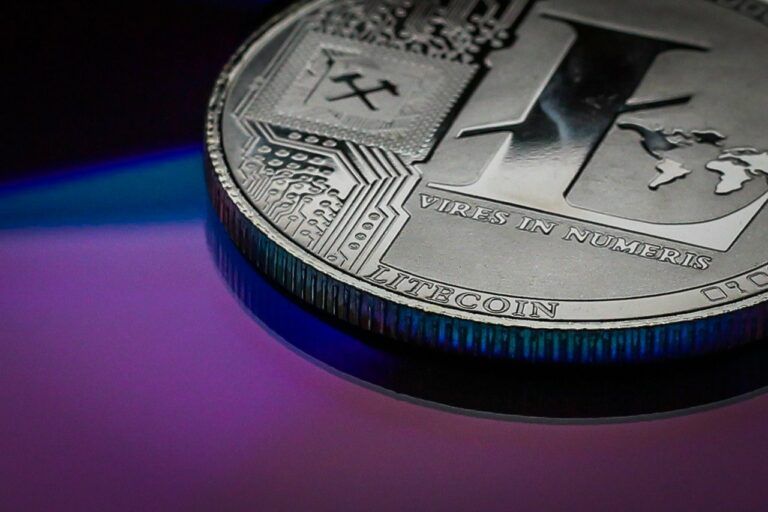Data shows that the percentage of addresses using Segregated Witness (SegWit) on the Litecoin (LTC) network is far superior that the percentage using the technical innovation on the Bitcoin (BTC) network.
Segregated Witness essentially segregates the digital signature – which comprises 65% of the space in a transaction – from the transaction data, to allow block size limits to increase. On the Bitcoin blockchain, block sizes are estimated to be able to reach nearly 4 MB thanks to SegWit, despite the 1 MB limit on the network.
Litecoin, a cryptocurrency often seen as the silver to Bitcoin’s gold, was the first cryptocurrency to activate SegWit on its mainnet. Shortly after Bitcoin activated it as well and quickly surpassed its use, but adoption started slowing down. Blockchair data now shows SegWit usage on the Bitcoin network has been dropping since February of this year, while it has been rising on the Litecoin network.
 Source: Blockchair
Source: Blockchair
SegWit adoption largely depends on cryptocurrency wallet operators and exchanges, as implementing the technical innovation by default allows users to easily transact using SegWit-enabled addresses.
Leading cryptocurrency exchanges like Binance, Coinbase, and Kraken haven’t yet implemented SegWit into their platforms, but have already pledged to do so. In a now-deleted tweet, Binance CEO Changpeng Zhao claimed the firm was looking to add it by the end of the first quarter of this year.
SegWit adoption is seen as a plus in the cryptocurrency community, as the innovation helps better use blockspace and as a result reduce transaction fees and wait times on the Bitcoin network.
Featured image via Pixabay.








